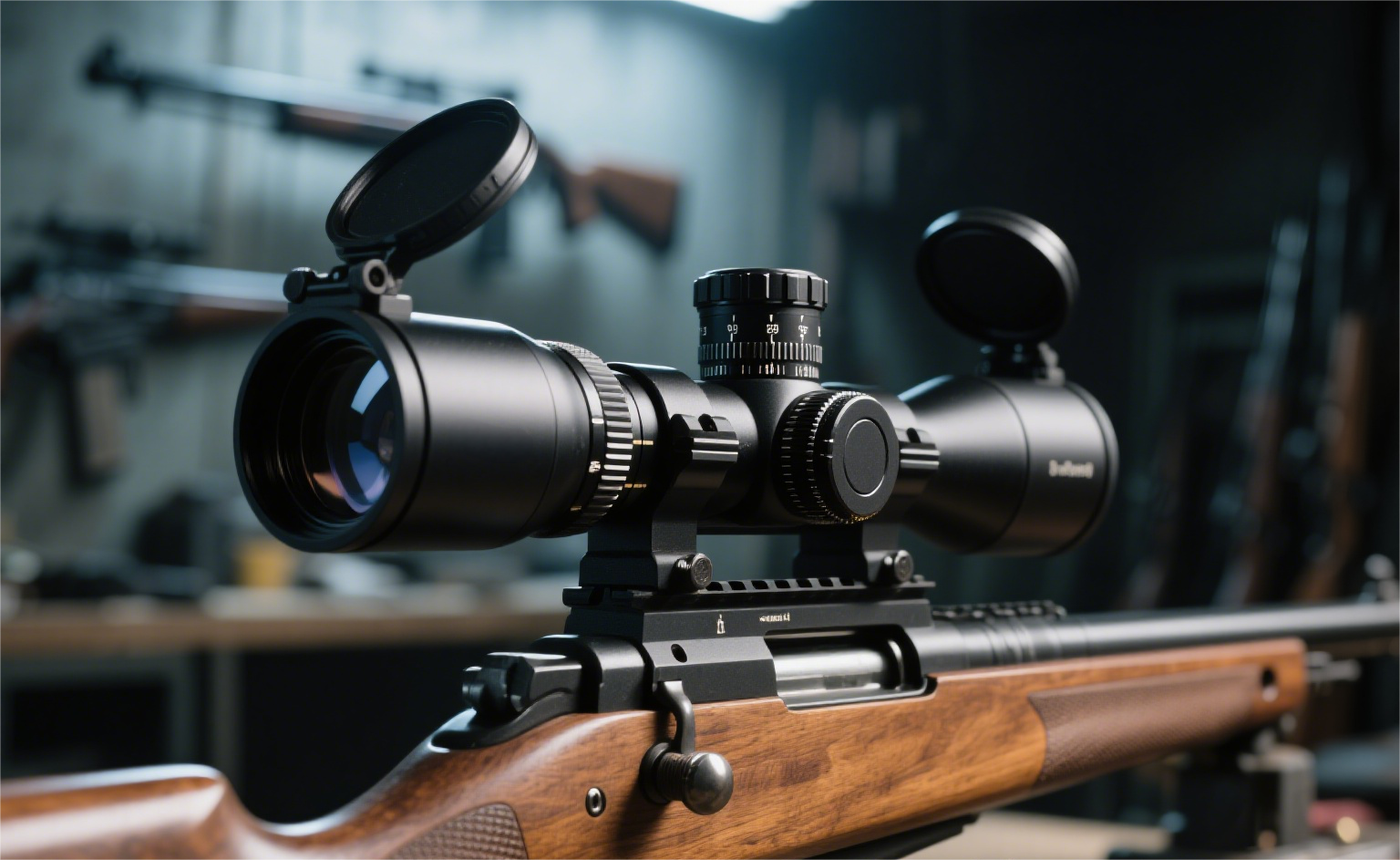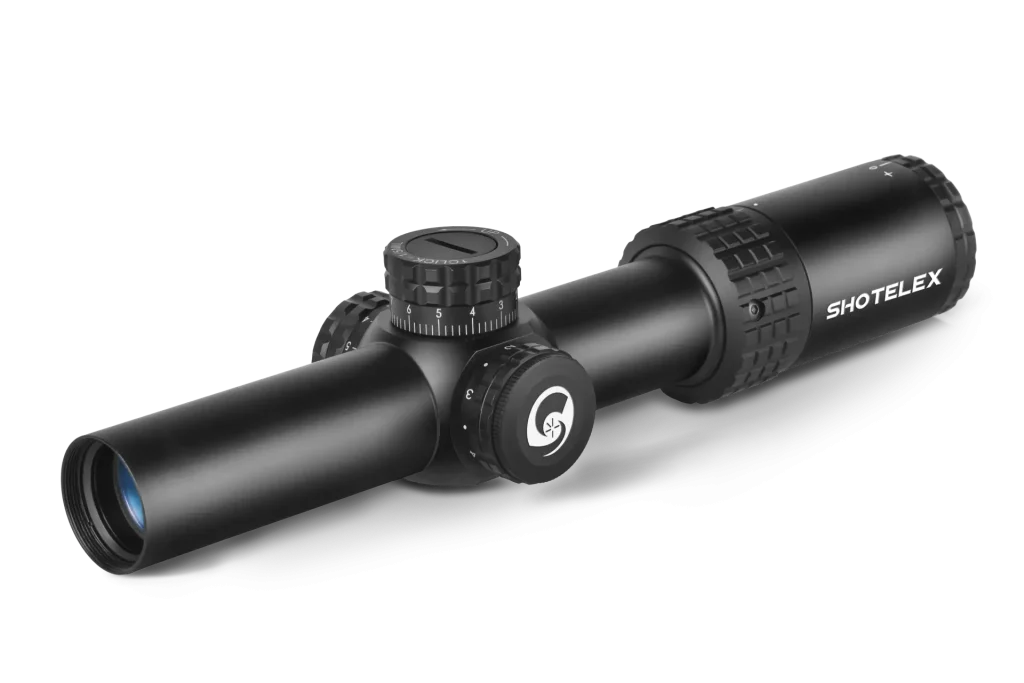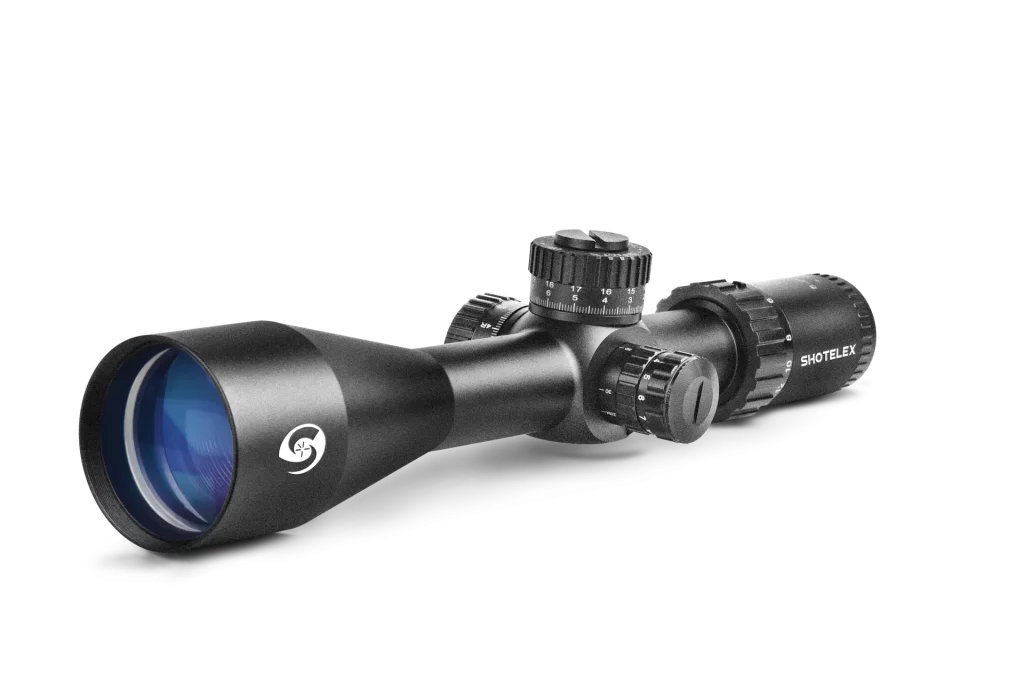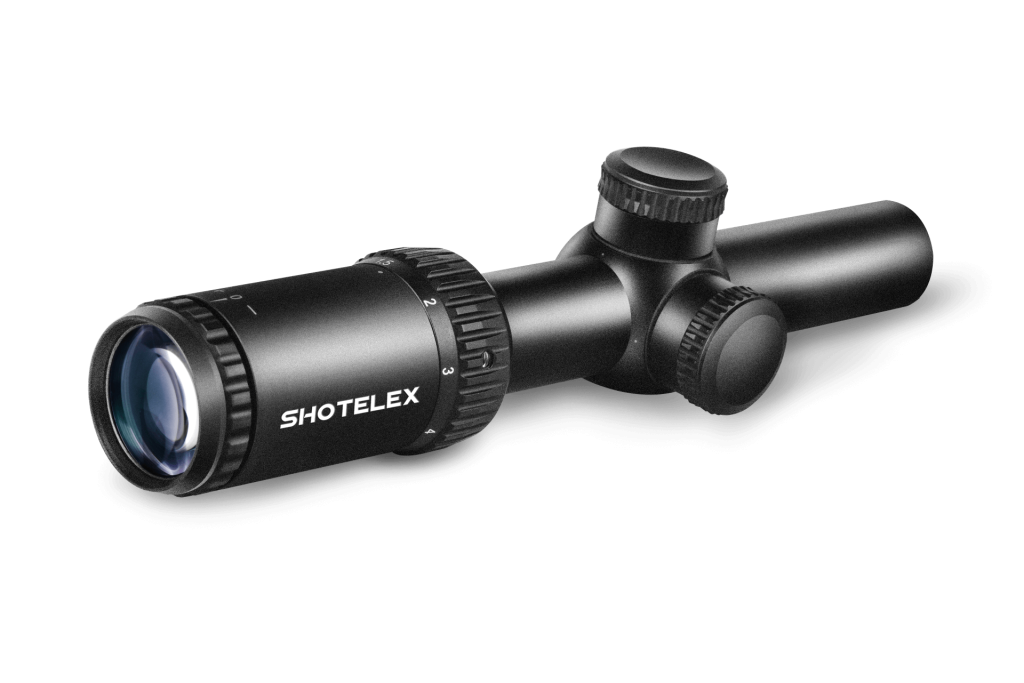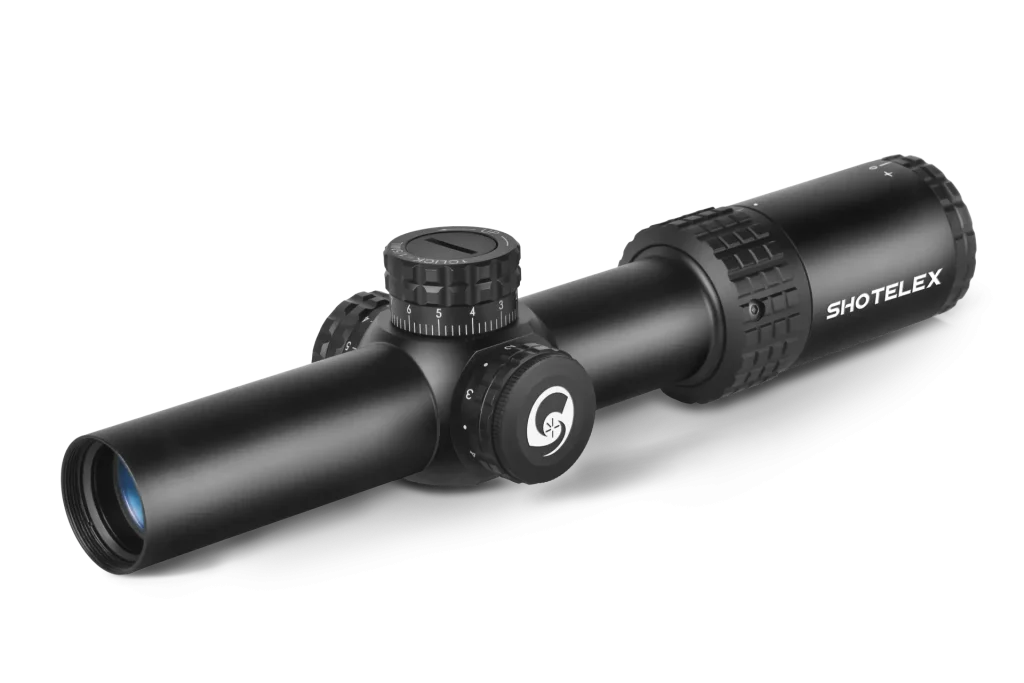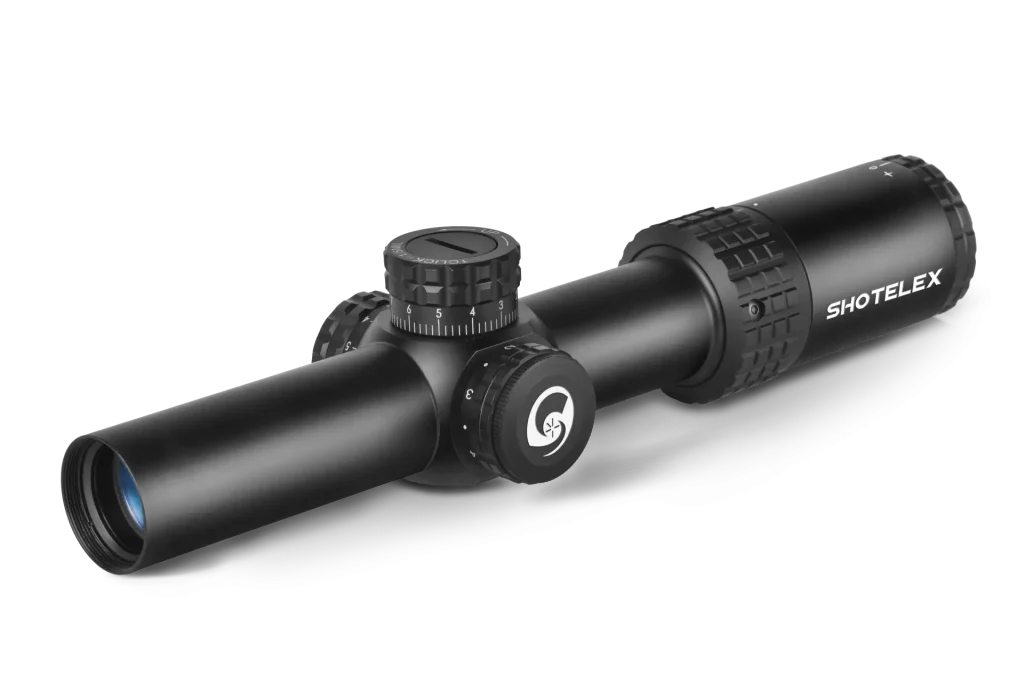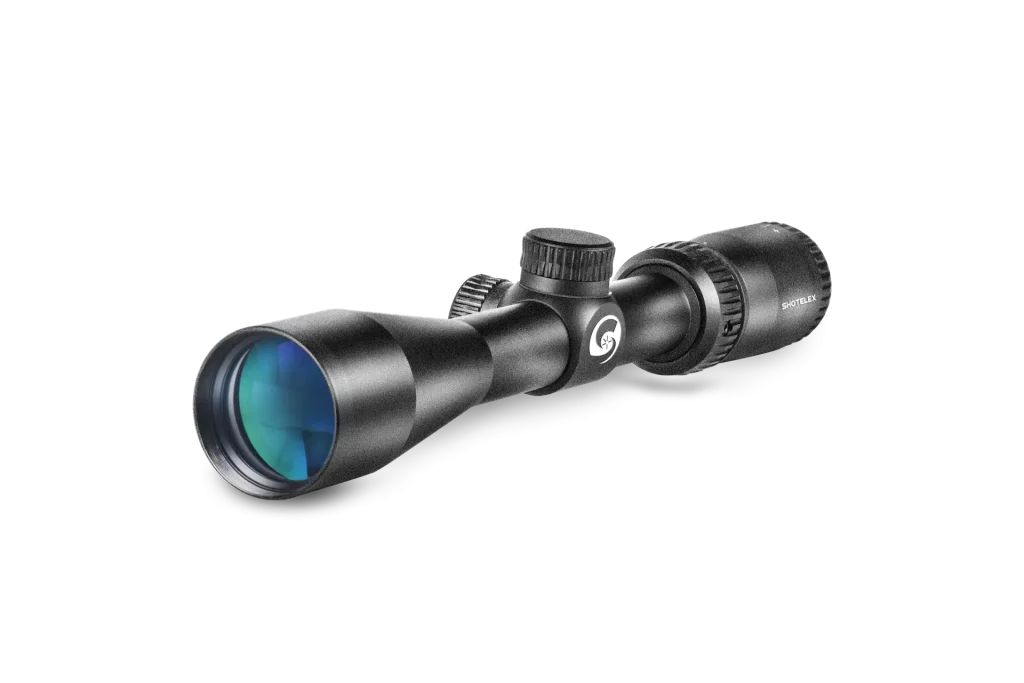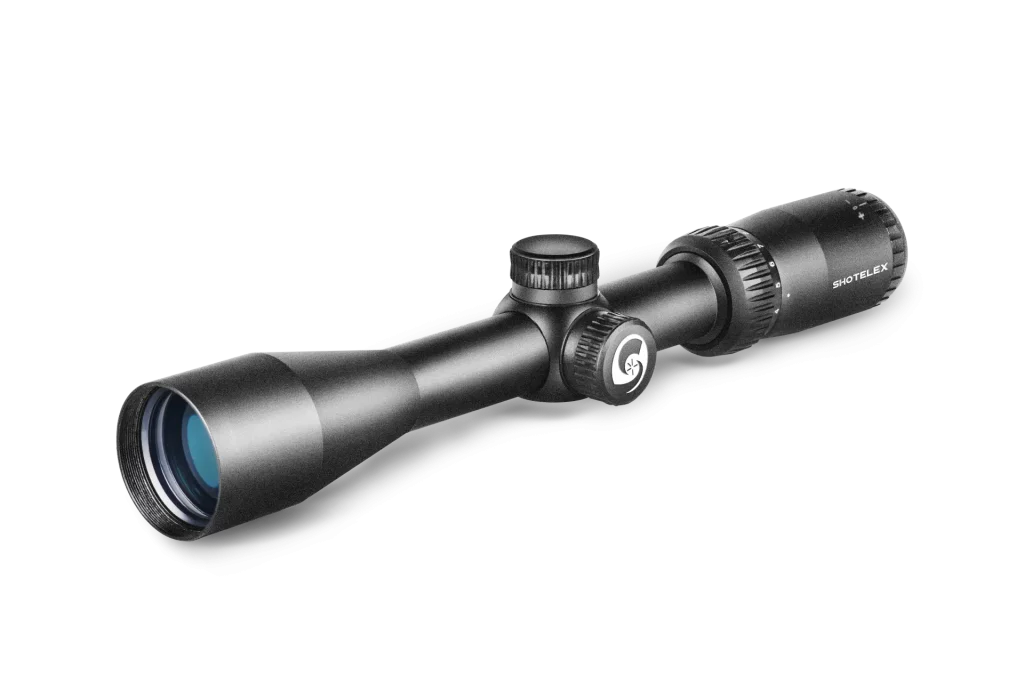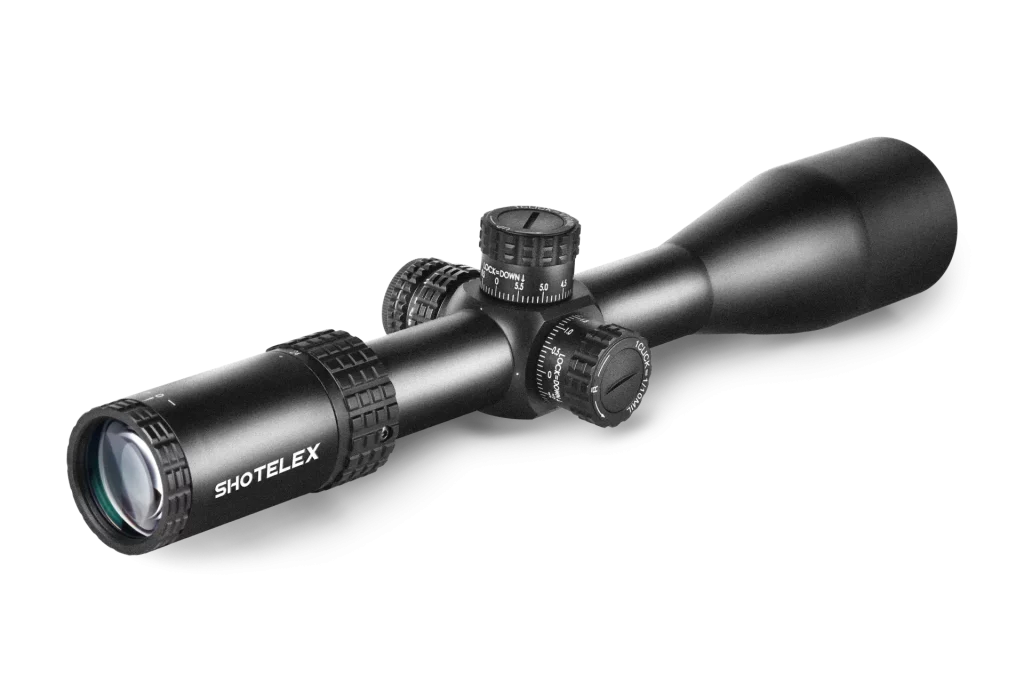Break The Misunderstandings! The Truth About The Universality Of Rifle Scopes
In modern shooting sports and tactical applications, rifle sight has become an important equipment for improving shooting accuracy. However, many users often have a question: Are rifle sights universal? The answer is no. The compatibility of a scope is influenced by multiple factors. Blind selection may lead to inability to install, difficulty in calibration, and even damage to the equipment. This article will systematically analyze the core factors affecting the universality of sights and guide how to correctly select the appropriate sights.
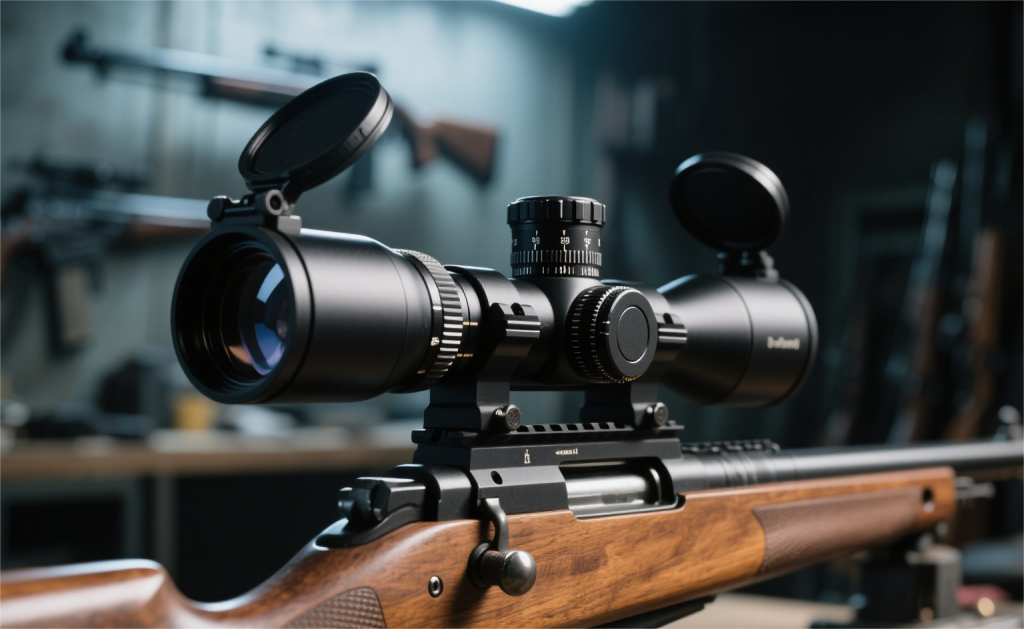
The core factors affecting the universality of the scope
The versatility of a rifle scope refers to its adaptability and wide applicability in different scenarios, equipment, and user groups. The core factors affecting its versatility can be analyzed from the following four dimensions:
1. Types and caliber of rifles
The design and caliber of different rifles directly affect the choice of scope:
Influence of recoil:
High-power rifles (such and.308 Win and.50 BMG) require scopes with stronger shock resistance. The scopes of ordinary air guns or and.22 LR rifles may not be able to withstand severe impacts.
Military rifles (such as AK-47 and AR-15) are usually equipped with military-grade sights, while civilian shotguns may use lighter optical lenses.
Gun structure:
Some rifles (such as the AK series) have special receiver designs and may require high bases or side rail adapters.
2. Install the interface and bracket
The installation method of the scope directly affects compatibility:
Mainstream interface types:
Picatinny Rail: A NATO standard interface, it has the strongest versatility and is commonly found in modern military and civilian rifles, with the best adaptability.
Weaver Rail: Similar to Picatini but with slightly different slot spacings, and some mirror mounts may not be compatible.
Dovetail Rail: Commonly found in Eastern European rifles (such as SKS) or air guns, it requires a special mirror base.
Customized interface: Some old-fashioned rifles or specific brands (such as the Remington 700) may require dedicated stands and are not compatible with universal scopes.
Mirror ring/base matching:
The diameter of the mirror ring (1 inch /25.4mm, 30mm, 34mm) must match the sight tube.
The quick-release (QD) mirror base is easy to remove, but it is necessary to ensure that it is securely locked.
Installation height and coaxiality:
The axis of the sight must be parallel to the axis of the barrel; otherwise, it will cause the trajectory to deviate. The receiver heights of different rifles may require different thicknesses of brackets or height-increasing mounts.
3. Scope usage scenarios
The compatibility of scopes for different purposes varies:
Close Combat (CQB) : Red dot lenses or low-magnification optical lenses (1-4x), aiming for rapid aiming;
Precise shooting at medium and long distances: Variable magnification scopes (such as 3-9×40mm) are more flexible.
Ultra-long distance: High magnification (15×or above) and dense point reticle are required, in combination with trajectory calculation.
Night vision/tactical use: Compatible with the lighting division of night vision devices.
4. Brand and quality compatibility
Low-end scopes may cause shaking when cooperating with high-end rifle mounts due to insufficient processing accuracy.
Professional brand scopes (such as Schmidt & Bend, shotelex) are usually compatible with a variety of rifles, but they need to be paired with the same brand or high-quality brackets.
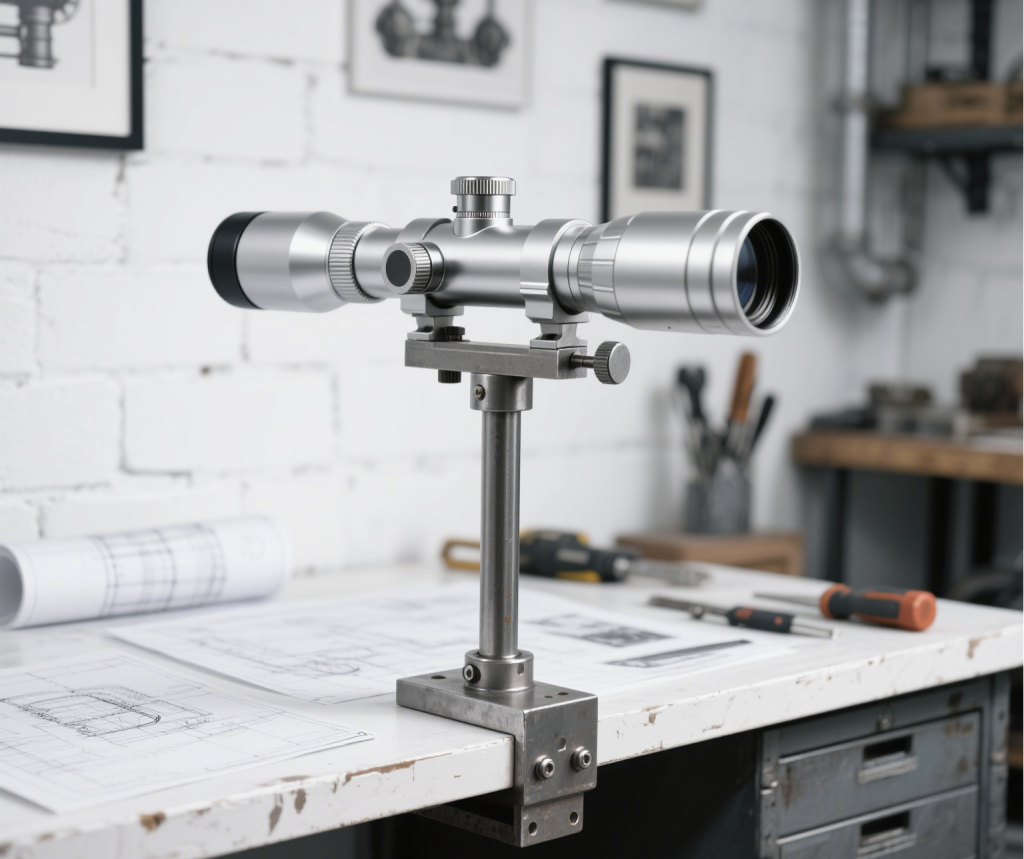
Common misunderstandings
Misconception 1: “All sights can be mounted on Picatini rails.”
Fact: Although Picatini is a universal standard, some sights (such as certain air gun sights) may only be compatible with Weaver or dovetail rails.
Misconception 2: “The higher the magnification, the better the scope.”
Fact: High magnification (such as 20x and above) is actually obstructive in close combat. The choice should be based on the intended use.
Misconception 3: “Once the scope is installed, it can be used without frequent maintenance.”
Fact: Vibration, temperature difference and humidity may cause fogging or zero position deviation inside the sight. Moreover, the sealing performance of cheap sights is poor, and long-term lack of maintenance may affect their performance.
Misconception 4: “Military scopes must be better than civilian ones.”
Fact: Military glasses emphasize durability, but may sacrifice weight and functionality. Civilian high-end glasses may be more suitable for precise shooting or hunting.
How to choose a suitable scope?
The selection of a scope should follow the “demand-oriented” principle.
1. Clarify the usage requirements
Determine the main purpose and make a choice based on the content of the purpose. For example, for hunting activities, lightweight LPVO (1-4x or 1-6x) should be given priority.
Evaluate the usage environment. For instance, in cases where outdoor light changes frequently, models that can automatically adjust brightness should be given priority. If it is used at night, a device compatible with night vision needs to be selected.
2. Check interface compatibility
Confirm the type of rifle rail. Confirm that it is Picatini/Weaver/dovetail
Special interfaces: For instance, AK side rails require dedicated mirror mounts
3. Test compatibility
After installation, conduct a zeroing test to observe whether the recoil force causes the scope to shift
4. Refer to professional advice
You can consult firearms experts for installation suggestions and get feedback on actual usage from experienced shooters. Check the adaptation guidelines provided on the official websites of various brands or consult the technical support from the manufacturers.
Practical purchasing flowchart:
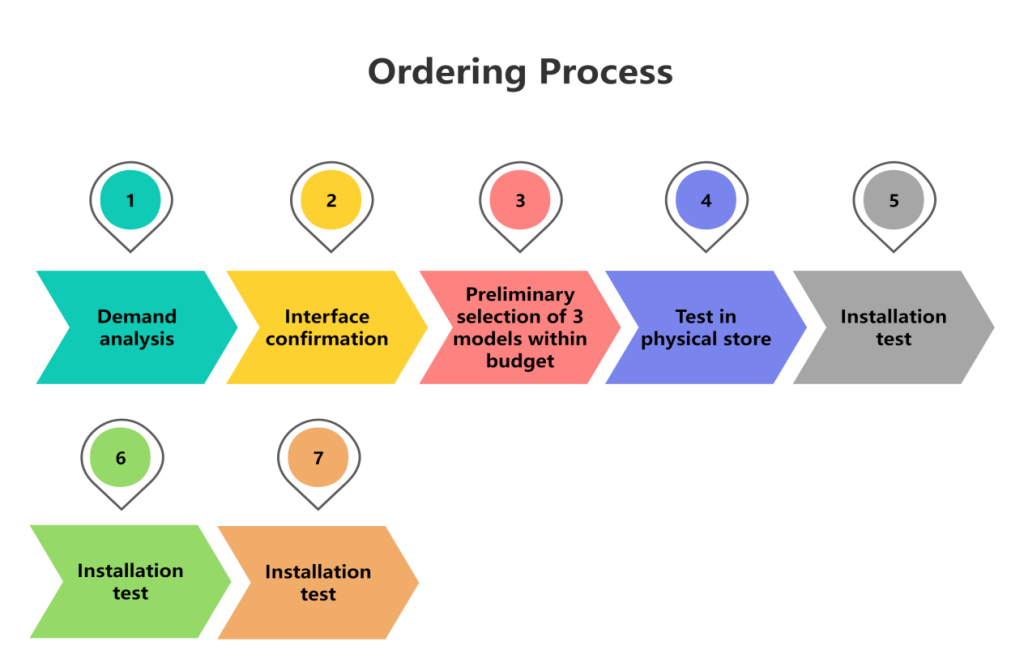
Summary
Rifle sights are not completely universal. Their compatibility depends on the type of rifle, installation interface, optical requirements and brand quality. The correct choice requires a comprehensive consideration of these factors to avoid compatibility issues caused by blind purchases. For beginners, it is recommended to consult a professional firearms expert or choose a verified universal model.

